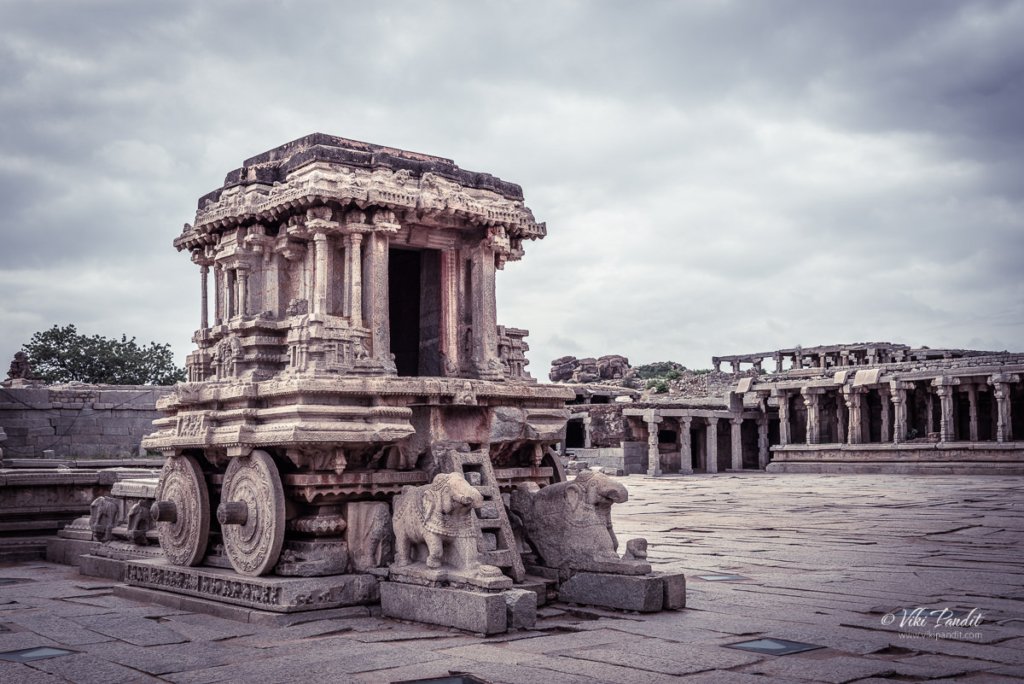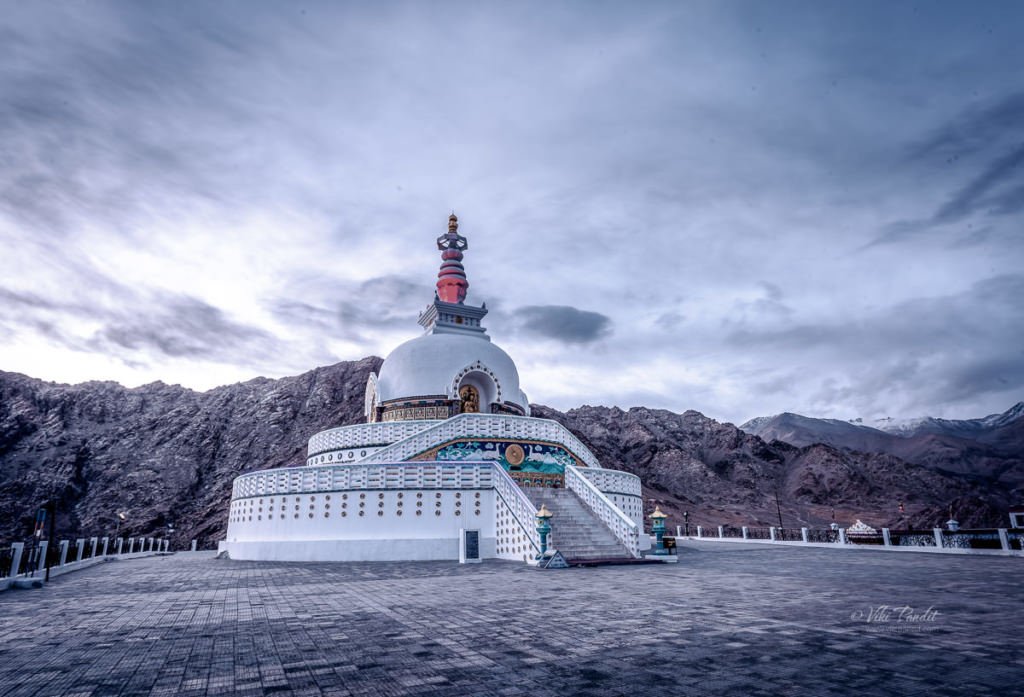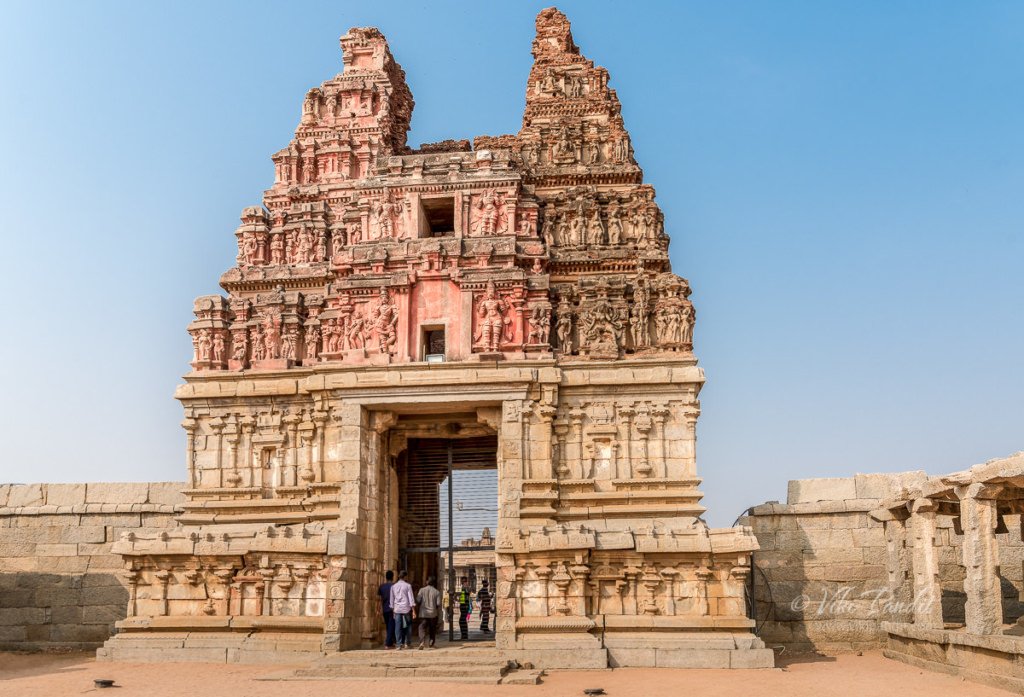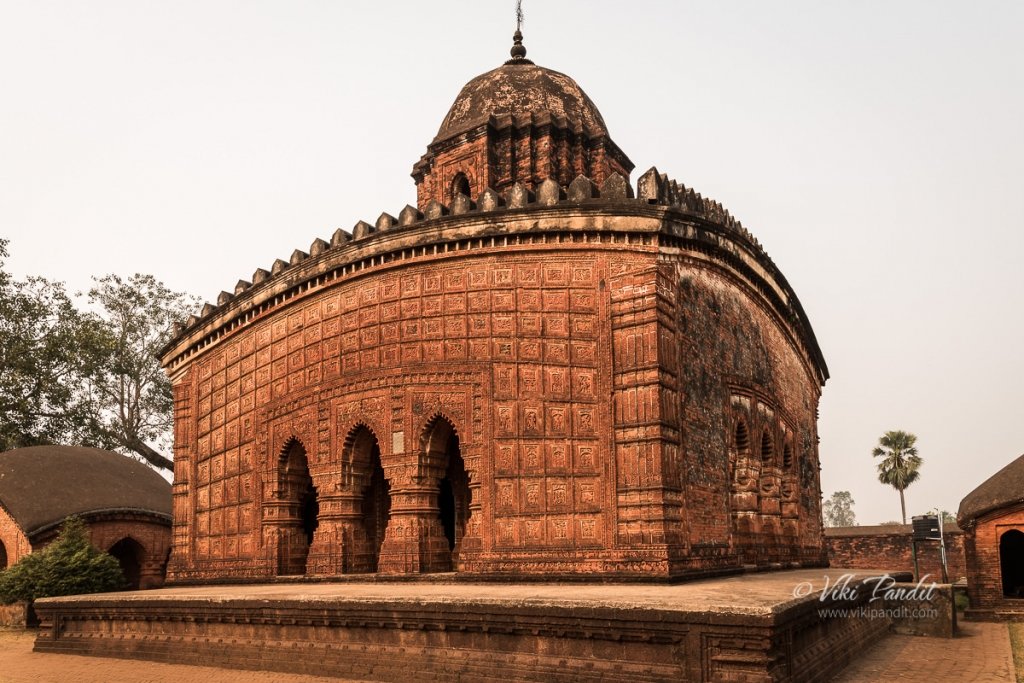
Photowalk to Vijaya Vittala Temple
A simple journal of my third visit to the heritage temple.

A simple journal of my third visit to the heritage temple.

Hemkuta hill with its gentle slopes offers a remarkable view of the sprawling ruins of Hampi. The hill contains many abandoned temples and boulder carvings scattered across along with two huge monolithic statues of Ganesha. It is also one of the best places to witness sunsets in Hampi.

Virupaksha was the main center of pilgrimage at Hampi since the dawn of the 7th century. Since then this UNESCO World Heritage Site has been elaborated on by future rulers and especially Krishnadevaraya, the most famous kings of the Vijayanagara Empire, who commissioned the iconic nine-tiered gateway that we identify the temple with today.

We hiked to the Shanti Stupa, one of the iconic structures in Leh. Located at a height of almost 12000 ft – overlooking the city, it was commissioned in 1991 by Japanese Buddhist, Gyomyo Nakamura with the aim to promote world peace. The stupa is always surrounded by enthusiastic tourists and its next to impossible to take a photo without one.

Today I go on a heritage walk to the majestic Vittala Temple, dedicated to Vitthala, the South India name of Vishnu. Built around the 15th Century CE, and expanded several times by succeeding kings of the Vijaynagar empire with the most extravagant architecture and exceptional craftsmanship, the temple is the main attraction of Hampi.

We drive deep into rural Bengal to witness the exquisite terracotta temples of Bishnupur. These extensively decorated temples were created during the 17th century using only baked mud and have somehow managed to survive the ravages of time.
Loading more posts...